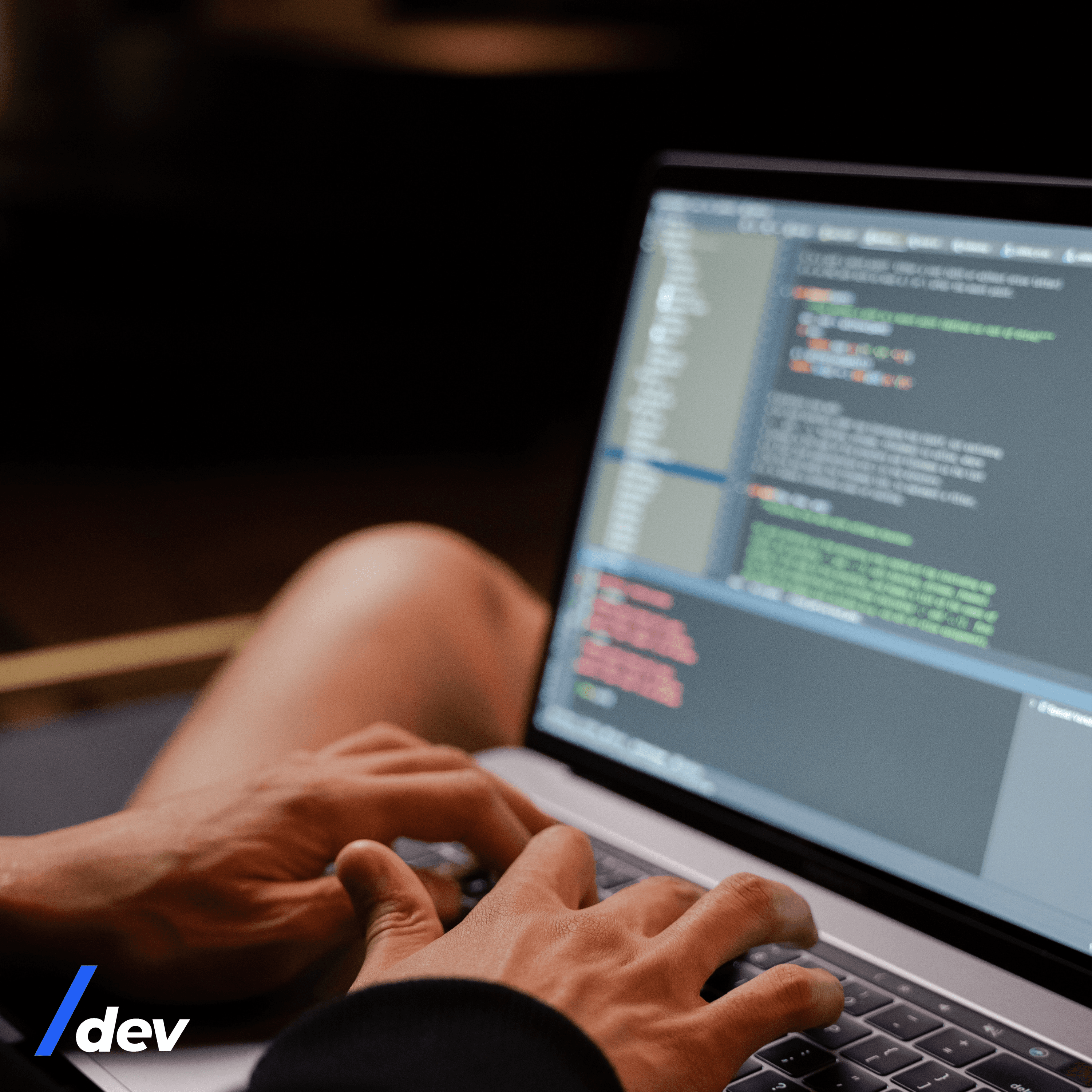Software Services
For Companies
For Developers
Products
Portfolio
Build With Us
Build With Us
Get Senior Engineers Straight To Your Inbox

Every month we send out our top new engineers in our network who are looking for work, be the first to get informed when top engineers become available

At Slashdev, we connect top-tier software engineers with innovative companies. Our network includes the most talented developers worldwide, carefully vetted to ensure exceptional quality and reliability.
Build With Us
Choosing the Right Programming Language for Web Development: A Comparative Guide/


Introduction
The world of web development offers a plethora of programming languages, each with its own unique features and capabilities. Selecting the right programming language is crucial for building efficient, scalable, and maintainable web applications. In this comprehensive guide, we will explore various programming languages commonly used in web development and compare their strengths, weaknesses, and suitability for different types of projects. By the end of this article, developers will have a clear understanding of which programming language aligns best with their web development goals.
The Proliferation of Web Development Languages

The Versatility of JavaScript
A look at JavaScript’s ubiquity in web development and its essential role in client-side scripting.
The Power of Python
Exploring Python’s versatility as a web development language and its extensive range of frameworks.
Embracing Ruby
Analyzing Ruby’s elegant syntax and its influence on the Ruby on Rails framework.
Language Syntax and Readability
JavaScript’s Dynamic Nature
Understanding JavaScript’s dynamic typing and its impact on code readability and maintenance.
Python’s Readability and Clean Design

Discussing Python’s readability-first philosophy and its positive effect on code maintainability.
Ruby’s Expressive and Human-friendly Syntax
Exploring Ruby’s focus on developer happiness and its effect on code readability.
Web Frameworks and Libraries
JavaScript Frameworks
An overview of popular JavaScript frameworks like React, Angular, and Vue.js, and their respective use cases.
Python Frameworks
A comparison of popular Python frameworks, such as Django and Flask, and their suitability for different types of projects.
Ruby on Rails
Understanding the power of Ruby on Rails as a full-stack web development framework.
Performance and Scalability
JavaScript Performance Considerations
Analyzing JavaScript’s performance characteristics and techniques for optimizing web applications.
Python’s Scalability
Exploring Python’s performance in handling large-scale web applications.
Ruby on Rails Performance
Evaluating the performance and scalability of Ruby on Rails applications.
Community and Ecosystem
The Vibrant JavaScript Community
Understanding the active and vast JavaScript community and the abundance of libraries and tools.
Python’s Strong Community
Analyzing Python’s supportive community and its contributions to the language’s growth.
The Ruby Community
Exploring the dedicated Ruby community and its impact on the Ruby ecosystem.
Learning Curve and Resources
JavaScript’s Learning Curve
Discussing the learning curve associated with JavaScript and its resources for beginners.
Python’s Approachable Learning Curve
Analyzing Python’s beginner-friendly nature and the availability of learning resources.
Ruby’s Developer-Friendly Environment
Understanding the developer-centric resources available for learning Ruby.
Conclusion
In conclusion, the choice of programming language for web development is a crucial decision that influences the success of a project. JavaScript remains a cornerstone of web development due to its versatility and widespread adoption. Python’s clean syntax and extensive library support make it an excellent choice for both beginners and seasoned developers. Ruby, with its elegant and human-friendly syntax, is a strong contender, particularly for those looking for developer happiness.
Ultimately, the choice of programming language depends on the specific needs and requirements of the web development project. By understanding the strengths and weaknesses of each language, developers can make informed decisions to create outstanding web applications that cater to users’ needs.
For more valuable insights into programming languages, web development frameworks, and software engineering, visit slashdev.io, a hub of resources and knowledge for developers of all levels.

